Recently, there has been a lot of buzz around AI art. But what is AI art?
This article explores everything you need to know about AI art, including its definition, history, contemporary examples, and applications.
Let’s get started!
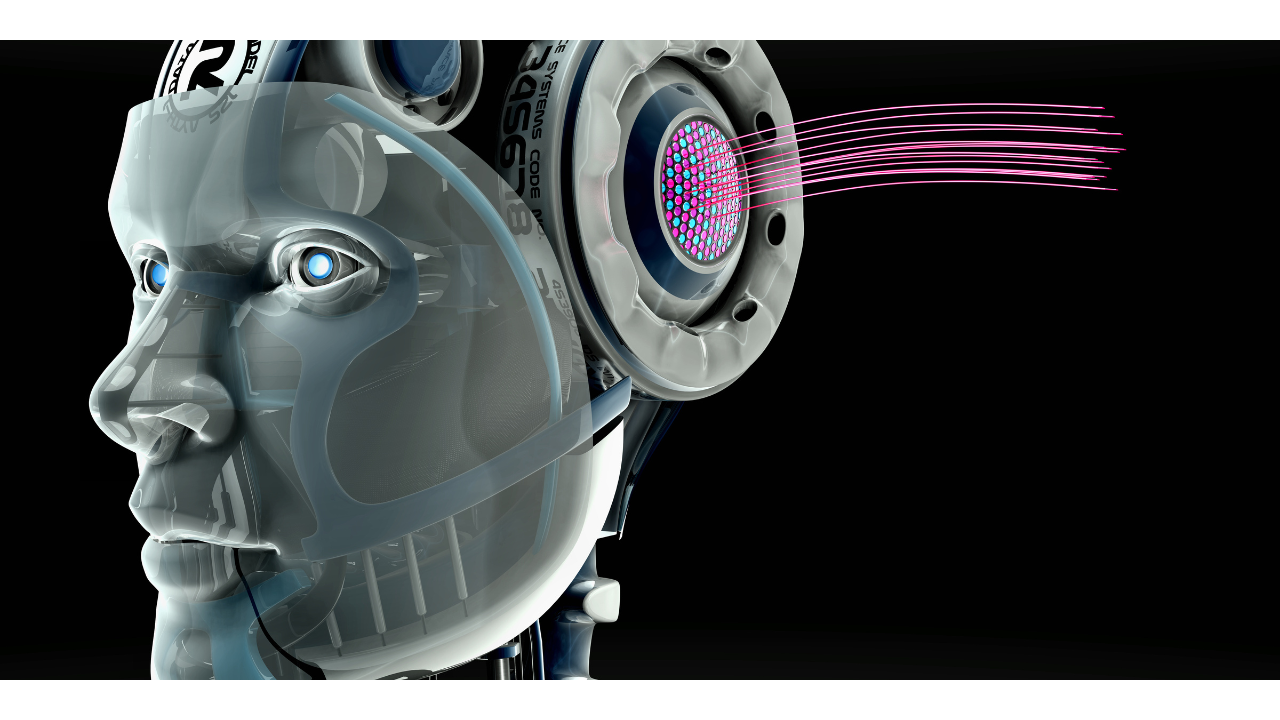
A paid stock image provided by Canva
Artificial Intelligence (AI) art is a form of artwork created using algorithms and technology. It encompasses a variety of styles and formats, including visual art, music, poetry, film, and performance. AI-generated artwork can be made using machine learning (ML), deep learning (DL), or both.
It is an innovative and revolutionary form of artwork with the potential to reshape our perspective on creativity. AI allows us to explore new realms in visuals by utilizing algorithms – from abstract patterns to realistic images that challenge traditional ideas about art.
AI-generated art has come a long way since its original introduction in the 1960s. Pioneers like Harold Cohen laid the groundwork for an ever-expanding world of AI artistic expression.
Jason M. Allen’s stunning AI art entitled Théâtre D’opéra Spatial blazed the trail to revolutionize traditional concepts of digital artwork and challenge its purpose – earning him a blue ribbon at Colorado State Fair's annual competition!
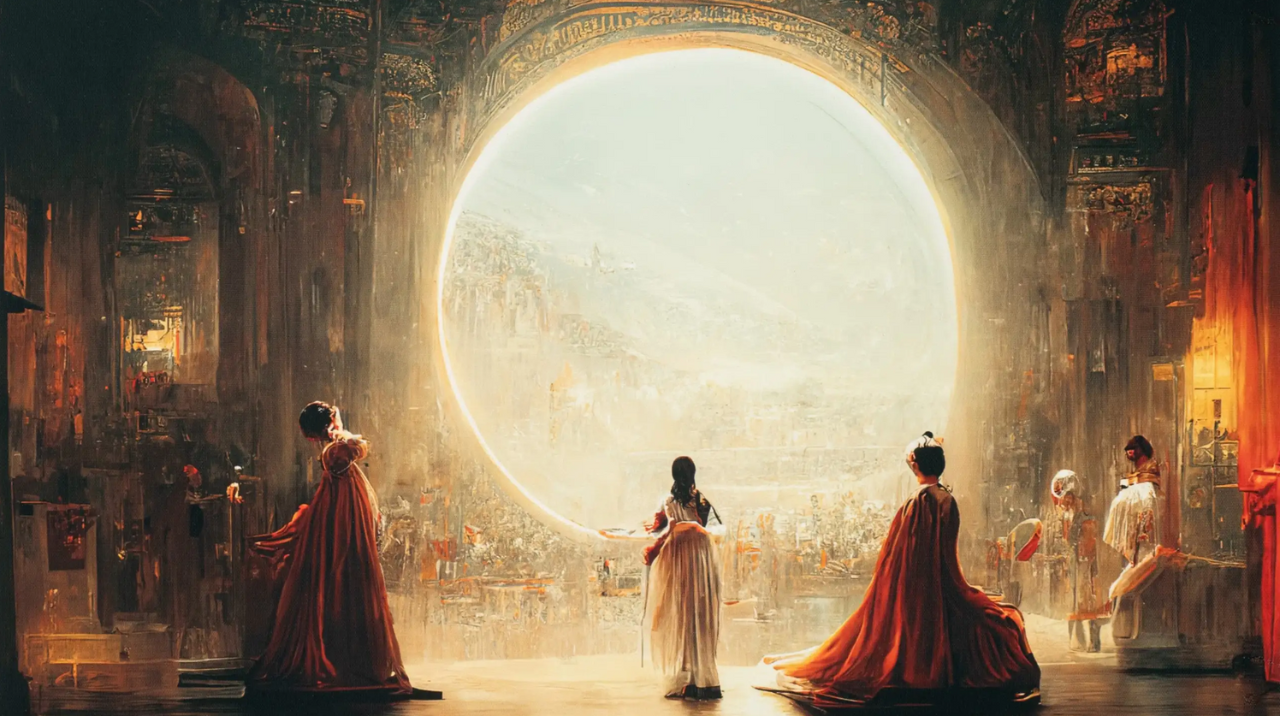
Théâtre D’opéra Spatial by Jason Allen
Recently, its popularity has increased. AI Art is taking the world of creativity by storm and poses an exciting challenge to traditionalists: will our beloved, hand-crafted art masterpieces be replaced?
While some argue that this new technology cannot replace true artwork, AI has given us a glimpse of what we could achieve in terms of creating, displaying, and appreciating artwork. With each passing day, we are closer to unlocking its full potential.
Through AI art generators, artists can produce beautiful artwork by simply providing text input. Those looking to explore this dynamic world for themselves should know a few key terms:
Generative Adversarial Networks (GANs) are an ingenious type of neural network that can produce highly realistic images. This is accomplished in two parts: a generator that creates new information and a discriminator tasked with evaluating its realism, allowing these components to constantly improve as they strive for parity between the fake data created and the source material.
Additionally, Creative Adversarial Networks have applications in artificial creativity, utilizing GAN-like architecture but seeking inventive outputs rather than ones merely copied from existing data sets.
AI can identify patterns within an image and quickly repurpose elements into new forms through Convolutional Neural Networks (CNNs). By breaking down images into smaller parts (or convolutions), a computer will be able to recognize individual shapes, colors, and textures before recombining these components with others in unexpected combinations to create unique works of art!
Neural Style Transfer (NST) is a technique used to combine two images into one, using AI algorithms to retain the style of one image while incorporating elements from another.
For example, if you were creating an AI-generated artwork based on a landscape painting and a photograph of your house, NST could be used to merge the two images and create a unique composition that combines both sources of data.
Before diving into the world of AI art, there are a few things to consider before starting.
Before utilizing AI-created art, it is essential to consider the issue of originality. Although machine-generated pieces can be mass-produced for multiple viewers' enjoyment, traditional artwork often has a much more personal and singular feel.
Traditional fine art is valuable due to rarity and communally accepted criteria like the artist's reputation or historical context. However, with machine-generated images, this idea shifts drastically, valuing the input image and the algorithm and intent behind creation.
Additionally, as with any technology, there are legal implications surrounding the use of AI-generated art. Intellectual property rights and copyright laws could be infringed when using this type of artwork. It is important to research and understand these issues before using AI art.
Finally, consider the ethical implications of AI art. As technology advances and we enter an increasingly automated world, it is essential to be aware of any potential moral issues that could arise from this type of artwork. There is a complex ethical debate surrounding AI art and its implications, so educate yourself on this topic before embarking on your creative journey.
Here are some of the AI art generator tools you can experiment with to create AI artwork:
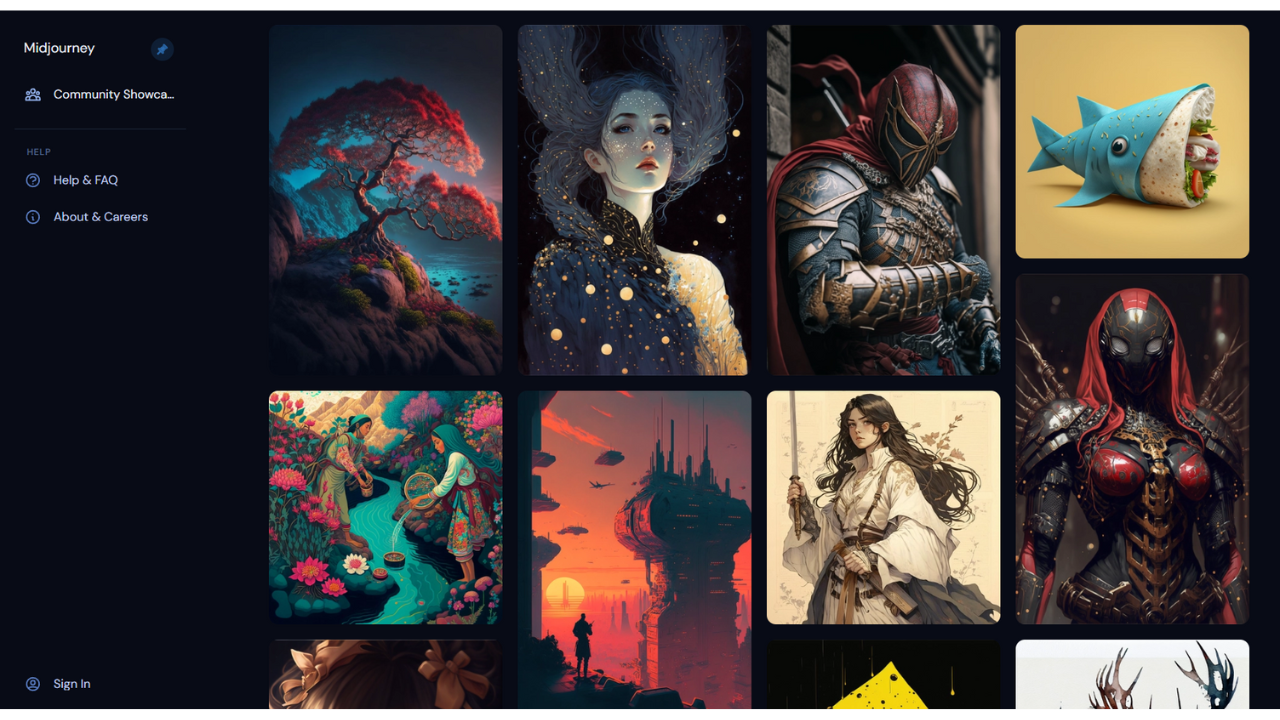
Midjourney is a cutting-edge artificial intelligence image generator that debuted its public beta in June 2022. This revolutionary technology utilizes text-to-image models to create remarkably lifelike visuals with unparalleled accuracy and detail.
What sets Midjourney apart from other AI imaging solutions are the options for aesthetically pleasing images, featuring anything from abstract art to photorealism. Furthermore, it offers an engaging user experience through its Discord, enhanced by a simple command activation system that simplifies artwork creation.
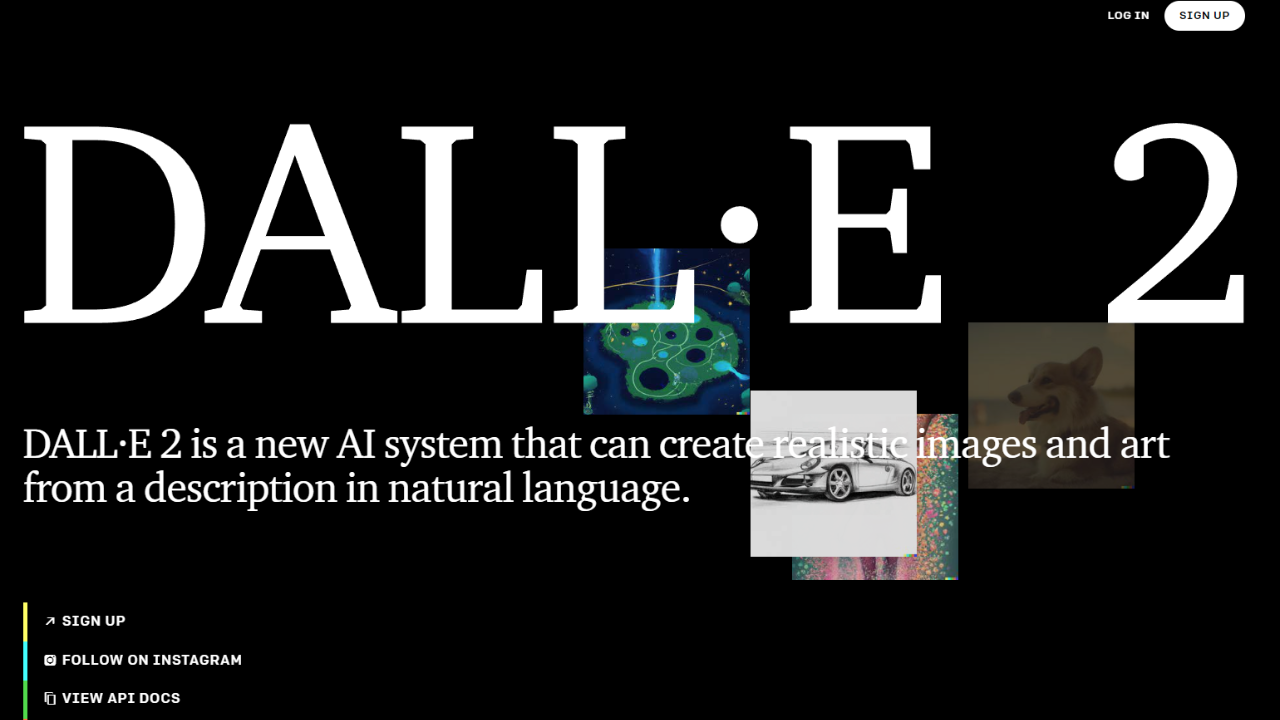
DALL-E 2 is an AI art generator that utilizes a deep learning algorithm to generate images based on text descriptions. This technology was initially developed by OpenAI (an artificial intelligence research lab backed by Microsoft and Google) and is used to create realistic images from natural language input.
OpenAI's DALL-E 2 is the latest deep learning model that makes it easier and faster than ever to create stunning digital images from text prompts. The GPT-3 based system has been upgraded for more realistic visuals with enhanced resolution, so you can produce illustrations or generate completely new designs in seconds.
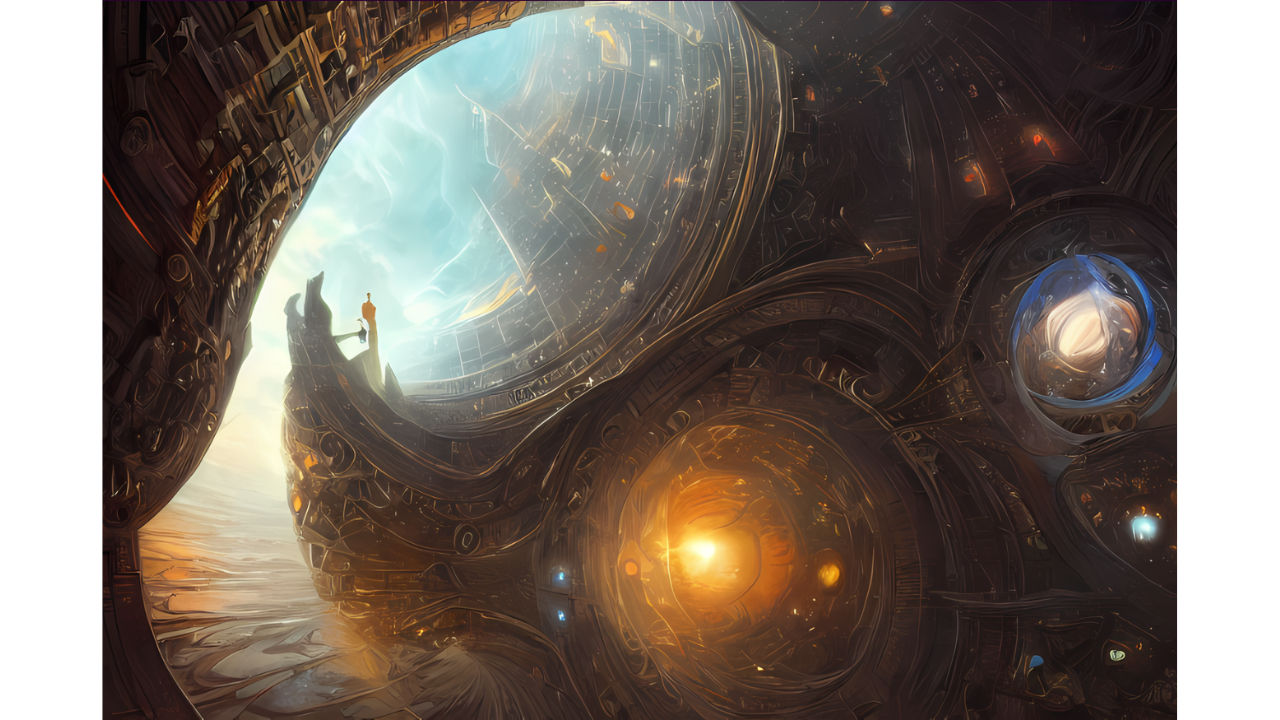
Stable Diffusion is a cutting-edge text-to-image latent diffusion model that can generate high-resolution and visually impressive images from single source texts. It is perfect for virtual avatar creation or content curation.
This sophisticated technology learns a latent space representation based on given textual data through Generative Adversarial Networks (GANs) and Variational Autoencoders (VAEs) and produces an image that accurately reflects it. This allows users to experience unprecedented levels of realism in their generated creations!
We chose Midjourney as an example because of its user-friendly interface, intuitive design, and versatile features. Its free trial version allows users to explore the power of AI art without any prior knowledge or specialized skills. This can be especially helpful for those getting started with artificial intelligence.
Step 1: It is important to create a free Discord account to begin. Discord is a popular online chat platform that offers users the ability to connect with others via the web, mobile app downloads, or desktop applications.
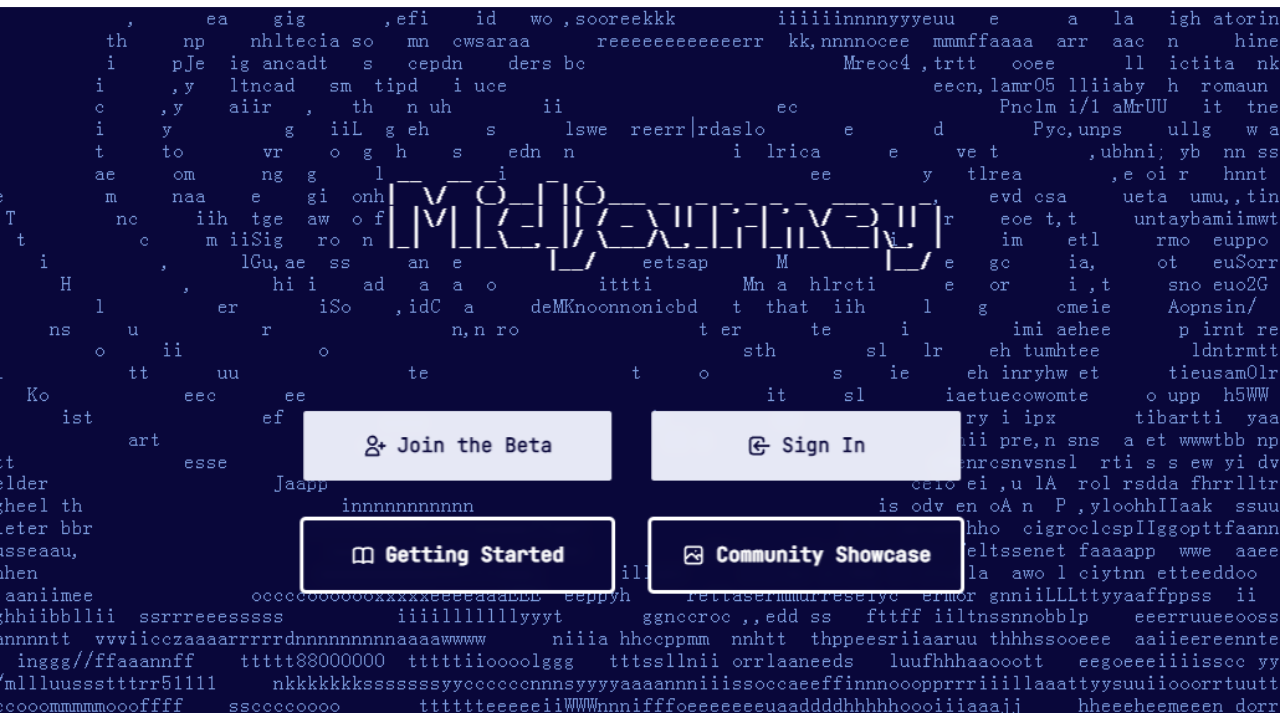
Step 2: Once your Discord account is set up and active, you can visit the Midjourney website and select Join the beta. This will redirect you to a special invitation link from Midjourney to join their Discord server.
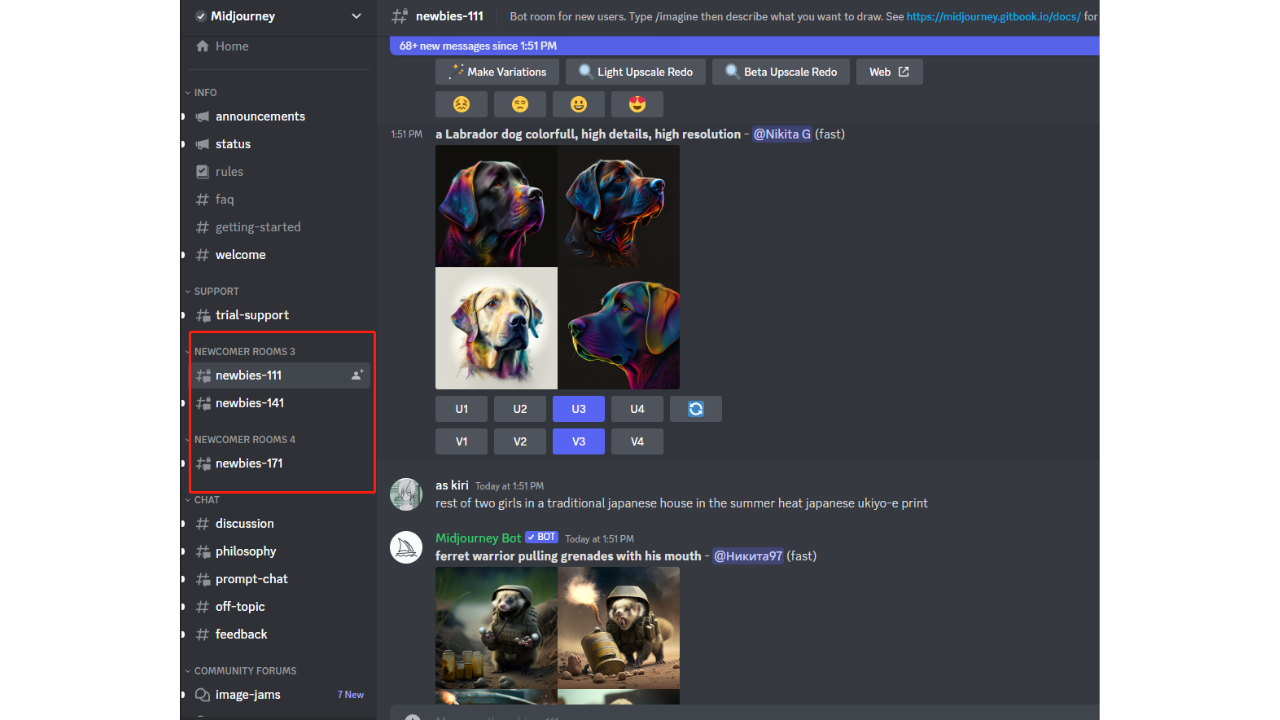
Step 3: Once you open the Discord app, locate and select Midjourney from the left menu using its icon in the shape of a ship. Take a look at the different chat rooms on your Midjourney channels and choose one for newbies (such as newbies-111) to get acquainted with this unique platform.
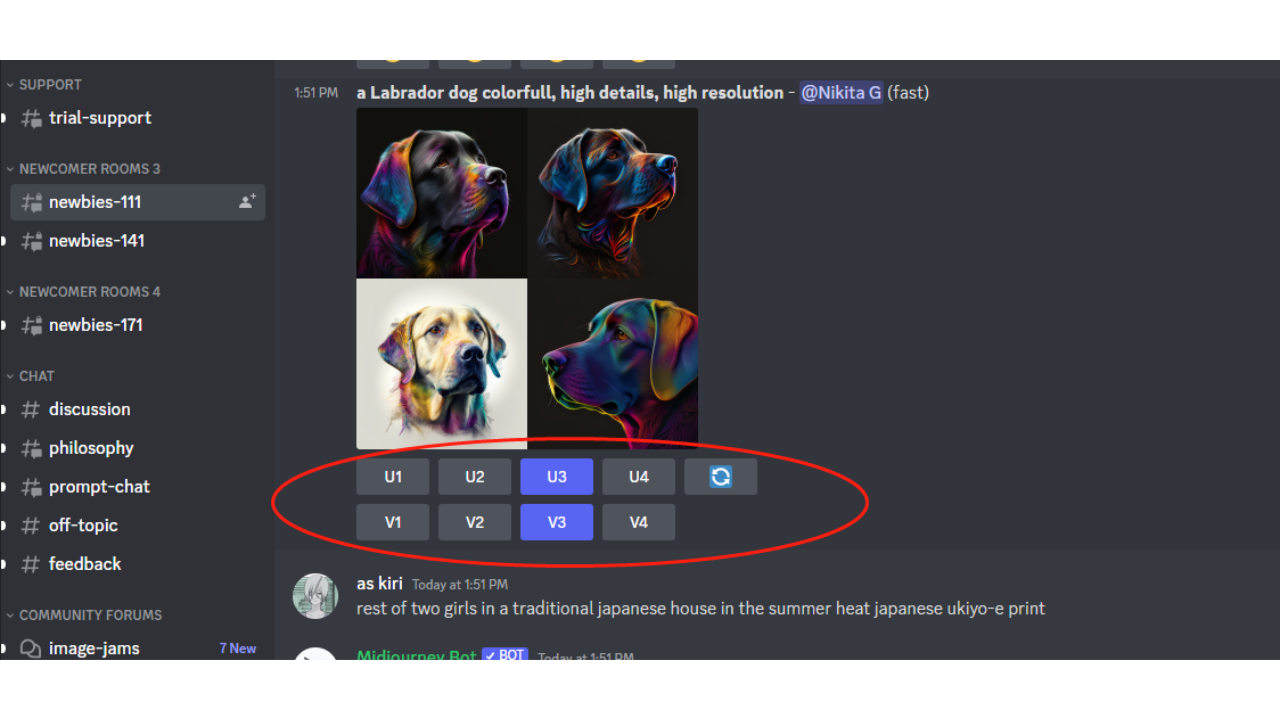
Step 4: Type /imagine in the chat to create a unique image prompt for your newbie's room in Discord and be as descriptive as possible when describing the image you want to see. After you've finished creating your prompt, click Create Prompt, which will take you to a new page to view the generated images. You can select the images you like and click the U/V buttons to indicate whether you'd like to use Upscale (for higher resolution) or Variations (for a varied version).
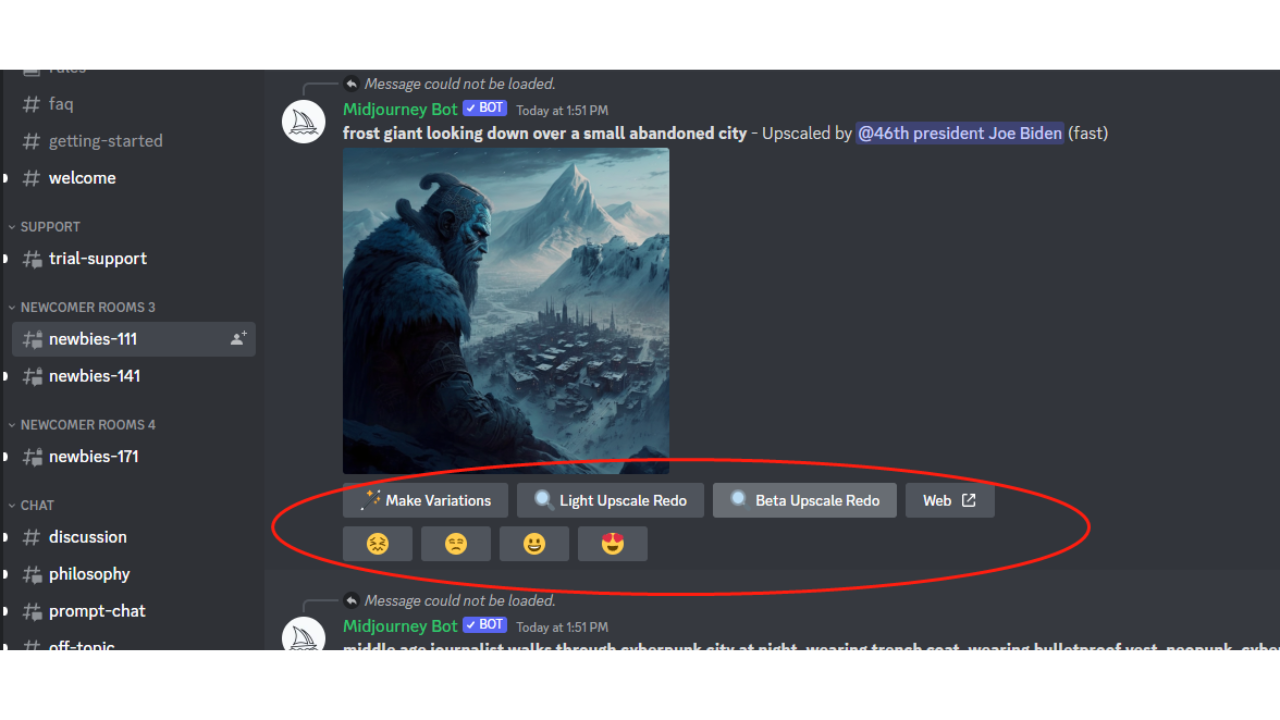
Step 5: To save an image to your local computer, click on it and select Open. Then, right-click the larger version of the picture and choose Save Image. If you find an image you like and choose to upscale it, Midjourney will give you a new set of options. You can make variations on that image, upscale to the max before downloading, or choose a light upscale redo if it’s not what you wanted (among other options).
That's all there is to using Midjourney! Whether you're a professional artist or someone who wants to spruce up some photos, Midjourney is the perfect AI-based tool for you.
Logo design is a lucrative business that can be done through popular online platforms such as Fiverr, Upwork, and 99Designs. Designers can also broaden their reach by using online platforms to market their services, enabling them to find customers easily.
AI art can be used to create unique illustrations for books, novellas, and children's stories. The illustrations produced by AI art generators can be realistic, intricate, and extremely cost-effective, with the majority of these services offering unlimited revisions at no extra cost. This allows authors to produce a visually intriguing and affordable book.
AI art generators also can be used to create visually captivating animations and motion graphics for promotional videos, ads, presentations, or short films. Animations created with AI art tools are more complex than traditional methods as they utilize advanced algorithms that mimic human creativity and behavior. Furthermore, these tools are extremely easy to use and offer a much faster turnaround time than traditional methods.
Prints, posters and other digital products can also be created using AI art generators. By using these services to create your own prints, posters and other digital products you can easily save money on hiring a professional graphic designer. Plus, with the help of AI art tools you can make sure that each product maintains its quality and originality.
Finally, AI art generators can also be used to create beautiful abstract artworks. These services are especially useful for those who would like to explore the possibilities of their creativity without having to spend endless hours working on a single piece. Abstract art created with these tools is not only unique and captivating but also fairly affordable since most services offer subscriptions with unlimited revisions.
As you can see, there are a variety of ways to use AI art generators to create amazing and unique works of art. With the help of these tools, you can explore your creativity and come up with stunning pieces that will stand out from the rest.
AI art is revolutionizing the way we create digital content, and they offer a unique set of advantages over traditional methods. With AI-based tools such as Midjourney, creators can easily generate intricate designs with minimal effort or cost.
Knowing the features and applications of these tools will help you create stunning digital content that is both unique and captivating. Now is the time to explore your creativity and transform yourself into an AI artist!
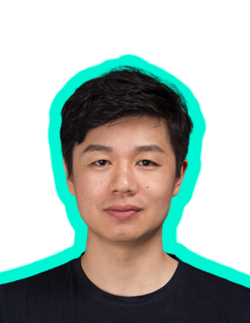
Liam Yuan is a serial entrepreneur and content marketing enthusiast. He is the Founder of Online Earning Insider, which helps entrepreneurs and business owners grow their online presence and take their businesses to the next level. He has over ten years of marketing online experience, having launched two stores on e-commerce platforms. In his spare time, he enjoys swimming and spending time with his family.
Alibaba Cloud Community - September 15, 2022
plavookac - December 26, 2024
Alibaba Cloud Community - November 14, 2022
Alibaba Clouder - April 23, 2018
Adrian Peng - February 1, 2021
Farruh - February 19, 2024
 Big Data Consulting for Data Technology Solution
Big Data Consulting for Data Technology Solution
Alibaba Cloud provides big data consulting services to help enterprises leverage advanced data technology.
Learn More AI Acceleration Solution
AI Acceleration Solution
Accelerate AI-driven business and AI model training and inference with Alibaba Cloud GPU technology
Learn More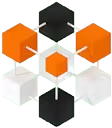 Tongyi Qianwen (Qwen)
Tongyi Qianwen (Qwen)
Top-performance foundation models from Alibaba Cloud
Learn More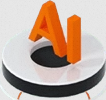 Alibaba Cloud for Generative AI
Alibaba Cloud for Generative AI
Accelerate innovation with generative AI to create new business success
Learn More
Dikky Ryan Pratama May 6, 2023 at 12:28 pm
thank you very easy article to understand.